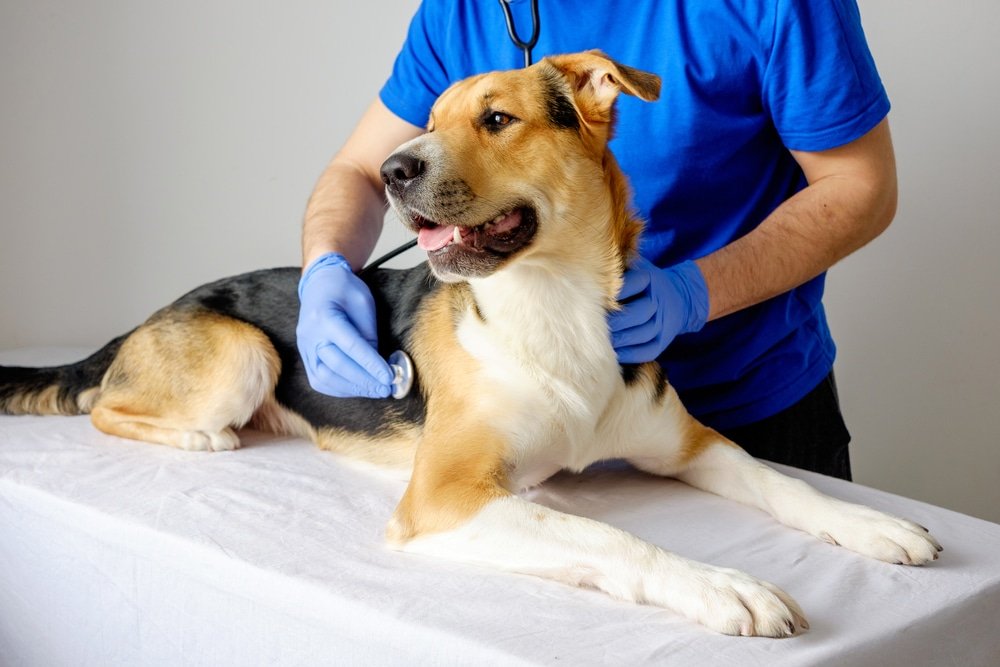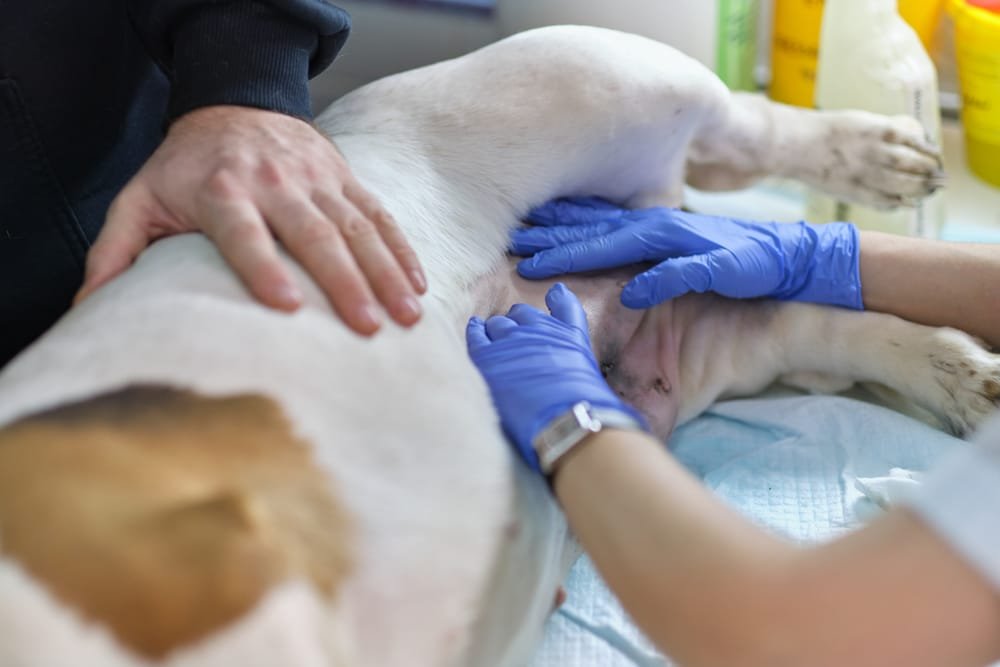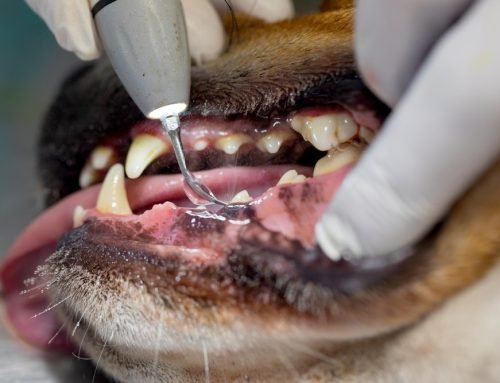Understanding Pyometra: Why Emergency Surgery Can Save Your Pet’s Life
If you have an unspayed female dog or cat, there’s one condition you need to know about that truly can’t wait: pyometra.
Pyometra is a life-threatening uterine infection that can escalate quickly—sometimes within hours. It often develops without warning and can progress so rapidly that immediate surgery is the only way to save your pet’s life.
At St. Petersburg Animal Hospital & Urgent Care, we want every pet owner to feel informed and prepared. This guide covers how to recognize pyometra, why it’s an emergency, and how to prevent it altogether.
What Is Pyometra—and Why Is It So Dangerous?
Pyometra is a bacterial infection of the uterus that most often affects middle-aged to older unspayed females. The condition is triggered by hormonal changes after a heat cycle, which cause the uterine lining to thicken and create an ideal environment for bacteria to multiply.
There are two forms:
- Open pyometra – The cervix remains open, allowing discharge of pus. This makes it easier to spot, but still dangerous.
- Closed pyometra – The cervix is sealed, trapping infection inside. This form is often more severe and harder to detect until the pet is critically ill.
If untreated, pyometra can lead to:
- Uterine rupture
- Sepsis (blood infection)
- Kidney failure
- Shock and death
Read more from Cornell University and the American College of Veterinary Surgeons.
Who’s at Risk?
Any unspayed female pet can develop pyometra—but some are at greater risk:
- Dogs and cats over 5 years old
- Pets who have experienced multiple heat cycles without breeding
- Pets exposed to hormonal treatments like progesterone or estrogen
The ASPCA outlines why spaying is essential for prevention.
Signs and Symptoms: What to Watch For
Pyometra doesn’t always look like an emergency at first, which makes it especially dangerous. The signs can be subtle—but the disease progresses fast.
Common symptoms include:
- Lethargy or weakness
(Read more on lethargy in dogs) - Vomiting or lack of appetite
- Fever
- Excessive thirst and urination
- Swollen abdomen
- Vaginal discharge (may be bloody or pus-like in open pyometra)
- Panting or labored breathing
- Collapse
If your pet has recently gone through a heat cycle and shows any of these signs, don’t wait. Here’s when to seek emergency care.
AAHA’s emergency resource is also helpful when deciding whether to act quickly.
How Pyometra Is Diagnosed
At St. Petersburg Animal Hospital & Urgent Care, we act quickly to confirm a pyometra diagnosis. Every minute counts.
Diagnostics may include:
- Physical exam – Checking for pain, swelling, and discharge
- Blood work – Detects infection, inflammation, and organ function
(Learn why this matters) - Imaging – Ultrasound or X-rays to assess the uterus and identify fluid accumulation
We perform these tests in-house for rapid results using our on-site laboratory and imaging capabilities.
Treatment: Why Emergency Surgery Is Critical
The only truly effective treatment for pyometra is emergency surgery—a spay procedure that removes the infected uterus and ovaries.
Why antibiotics alone are not enough:
- They cannot eliminate the infection without removing the source
- Delays increase the risk of uterine rupture and sepsis
- Each hour of delay reduces survival chances
With timely surgery and supportive care—including IV fluids, antibiotics, and pain management—most pets recover well and return to normal life.
Can Pyometra Return?
Yes—if your pet is not spayed, pyometra can recur, often more severely. While antibiotics may temporarily reduce symptoms, the infection almost always returns.
Spaying is a permanent solution that not only prevents pyometra but also significantly reduces the risk of mammary tumors, especially when done early in life.
AAHA explains spaying as part of a lifelong care plan.
Prevention: Why Spaying Saves Lives
Spaying before the first or second heat cycle is one of the most powerful steps you can take to protect your pet’s health.
Benefits of spaying include:
- Elimination of pyometra risk
- Prevention of unwanted pregnancies
- Reduced risk of uterine and ovarian cancers
- Lower likelihood of mammary cancer
If your pet is older and still intact, talk with our team. We tailor anesthetic and surgical plans based on age, breed, and medical history to ensure safety and comfort at every stage of life.
When to Call Us
If your unspayed pet is acting “off” in any way—especially after a recent heat cycle—don’t dismiss it. Early action can mean the difference between a smooth recovery and a devastating loss.
At St. Petersburg Animal Hospital & Urgent Care, we’re equipped to:
- Diagnose pyometra quickly and accurately
- Perform emergency surgery
- Provide advanced supportive care
- Guide you on next steps and prevention

Schedule an Exam or Spay Consultation Today
Whether you’re preparing to spay your pet or responding to a possible emergency, our team is here with expert care, honest guidance, and unwavering support.
Schedule an appointment today or call us to discuss your concerns.
Timely action could save your pet’s life—and we’re here to help every step of the way.







Leave A Comment